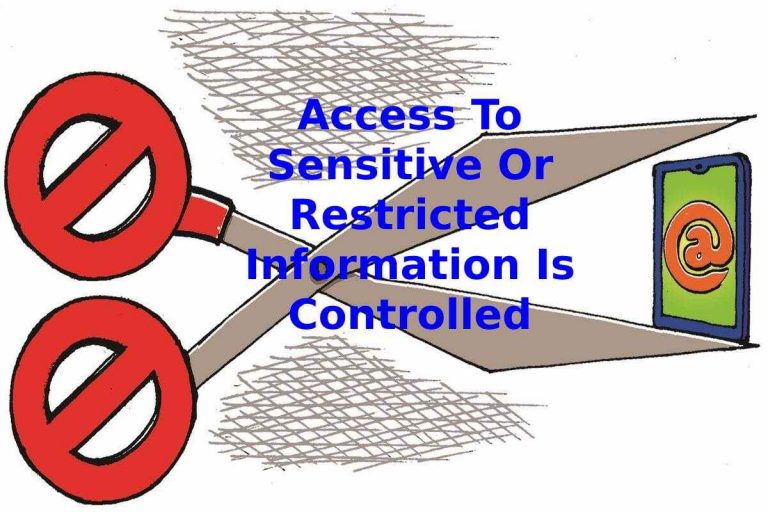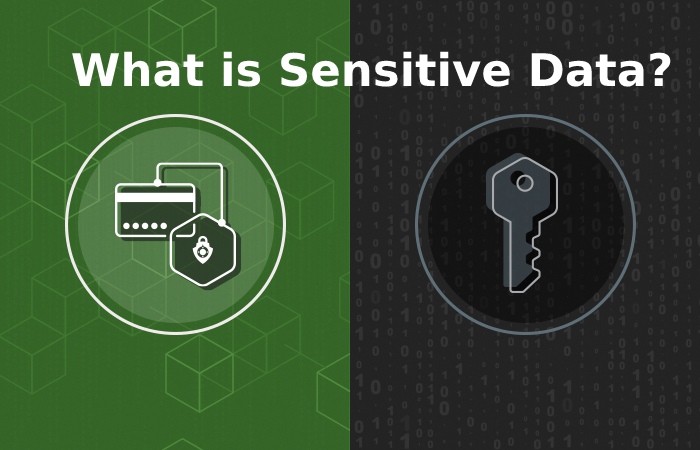Almost a hundred years ago, the Bank of England decided to begin the shift from monetary metals to fiat currencies. All the way back in 1915, the government published an appeal that asked the citizens to work together with the Treasury of the state and to start giving their gold in exchange for paper certificates to Banks and Post Offices.
Then, the second thing on the list was to ask for payments to be done in checks and paper notes instead of using precious metals. Remember, this was during the time when World War I was raging. Finally, they generally wanted wages and cash to be synonymous with paper instead of metals. You can click on this link to find out more.
Since England was the dominant power at the time, people around the world thought of the pound as something that was equal to gold. That kind of belief was pushed for centuries. Then, like a subtle bug bite that you can’t feel, fiat started to enter the lives of the world, which also invented inflation to the party.
If we translate the word fiat to Latin, it means that we need to let something be done. That’s exactly what happened, and now we’re feeling the effects. It took a while, but inflation is starting a rampage. Instead of rooting monetary politics as something that’s stable and predictable like gold, governments decided to create a world based on human laws. But humans are flawed, so there are a couple of flaws in any system.
The decree that the Bank of England issued out over a hundred years ago is eerily similar to the emails that Satoshi Nakamoto published when he announced the creation of Bitcoin. However, when the government did it, they didn’t offer any alternatives or points as to why the fiat standard would be better than gold.
This means that Nakamoto was off to a great start, especially with introducing cold and mathematical precision to the economy. But that’s something that’s still utopian, even though it has worked seamlessly for a couple of years. There has been something that has worked for millennia, and that’s a familiar yellow metal that flickers in the sun. Go to this page to read more https://www.moneycontrol.com/news/trends/features/test-by-fire-before-investing-in-physical-gold-8050571.html.
The fiat system
The fiat system was supposed to launch all the way back in 1915 when it was first started by the government, but it took more than 55 years to make it operational. The final implementation happened in 1971, which was finalized after Nixon severed the connection between the dollar and gold.
In its essence, fiat is doomed for failure, but it has been around for a couple of decades, all while being on the brink of collapse. Detractors have been spewing their opinions for years, and yet, there are people in the world that have lived their entire lives by only interacting with paper money.
This means that the system itself has a bit of merit to its name, and we can’t treat it as a fluke or a lucky guess by a couple of economists. However, that doesn’t change the fact that governments can meddle in it as they see fit, and they can control the issuance of new monetary units. Inflation is theft because you’re getting robbed of your own money by the state. However, there’s a simple way to fight against it.
Back to the basics

In the past century, there have been almost fifty different scenarios where hyperinflation has occurred. That includes Germany, Yugoslavia, Zimbabwe, and now it seems like Turkey is going to be joining the mix along with Venezuela.
The marketing material that the promoters of the dollar and the euro have been using isn’t fooling anyone anymore, and that’s why the propaganda is coming to a halt. The United States has reached a 7.5 percent annual inflation rate, which is similar to 1982. Those are not the years that most elders want to remember.
For that reason, you need to be prepared for the upcoming crash. Guides on how to invest in gold for beginners are a great starting place. Whenever inflation rates rise, trust in the dollar and the euro decreases. However, the price and the use of precious metals increase. These two items represent the two different sides of a coin. Both the dollar and gold are meant to be used as currency.
The only difference is that gold works and the dollar doesn’t. Here’s a simple analogy. If you take the purchasing power away from the dollar, what you’re left with is a piece of paper that can’t even be recycled because it has tiny bits of plastic in it.
That makes it relatively worthless. However, if you strip the monetary title off gold, you get metal with intrinsic value, historical weight, amazing properties of conductivity, and the inability to rust. Additionally, you can’t counterfeit it, while there have been many cases of paper money being replicated. The game is quite simple.
One of the best things that you can do now is to get your hands on as much silver and gold as possible. It might be a good idea to base your IRA on physical commodities. If you’re a long-time investor and all of your assets are paper-based, such as stocks and bonds, then it would be wise to replace 15 percent of your portfolio with a real and tangible asset. The stock market is headed for a crash, but there will always be a demand for metallurgy and money.





![[pii_email_b5d6fd6c19739e249b71] Error Code Resolved [pii_email_b5d6fd6c19739e249b71] Error Code Resolved](https://www.webtechgalaxy.com/wp-content/uploads/2021/10/what-way-to-solve-the-error-PII_EMAIL_841B43FADA260254C8D3-1-768x512.jpg)

![How to Fix Outlook Error [pii_email_dfe907e4982308153863] How to Fix Outlook Error [pii_email_dfe907e4982308153863]](https://www.webtechgalaxy.com/wp-content/uploads/2021/10/How-to-Explain-pii_email_89d6fa37d946a6dae75f-2-768x512.jpg)

![[pii_email_dfe3cf3209d9aaaf6d66] Error Solved [pii_email_dfe3cf3209d9aaaf6d66] Error Solved](https://www.webtechgalaxy.com/wp-content/uploads/2021/10/movie-64-768x512.jpg)
